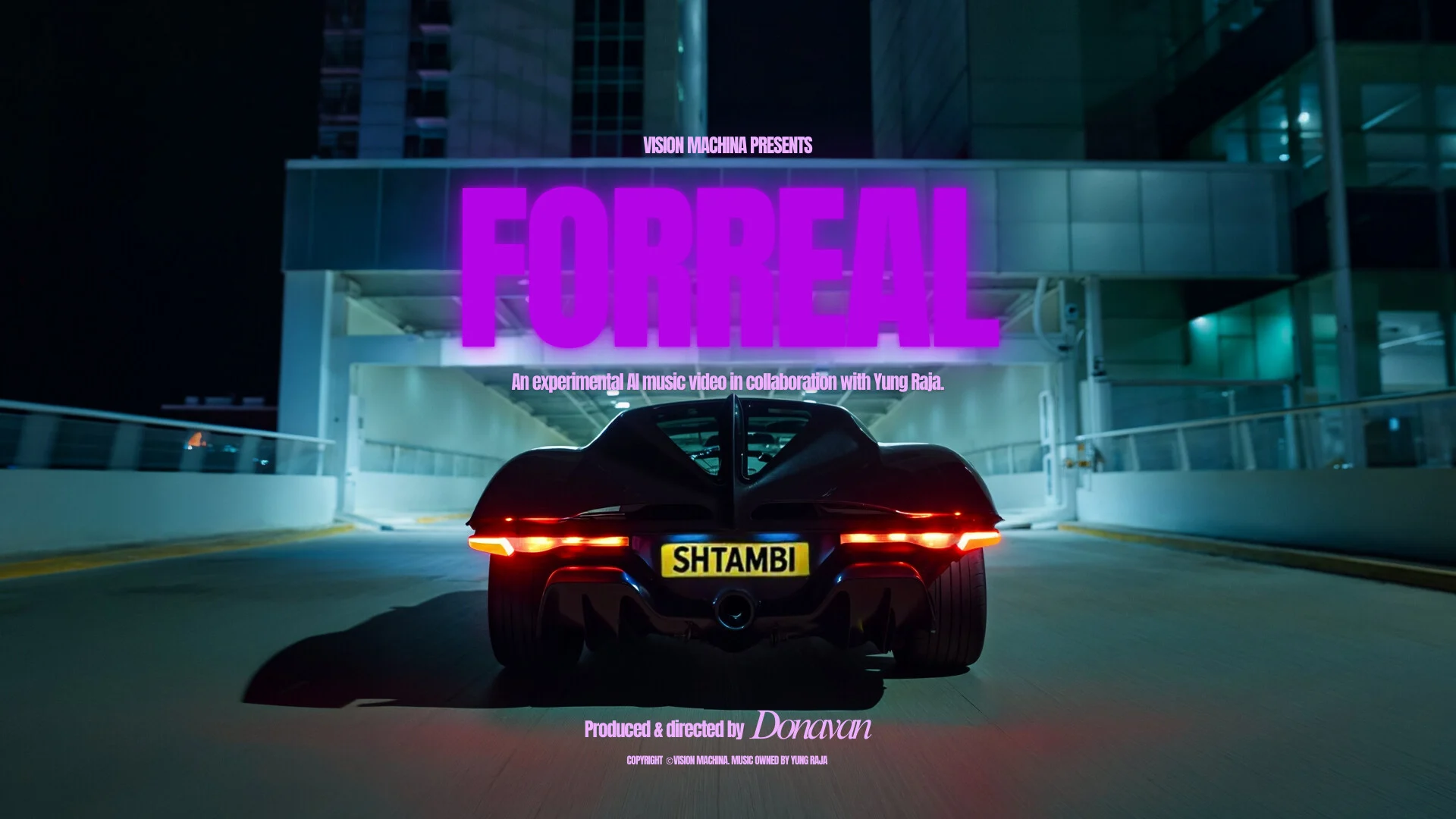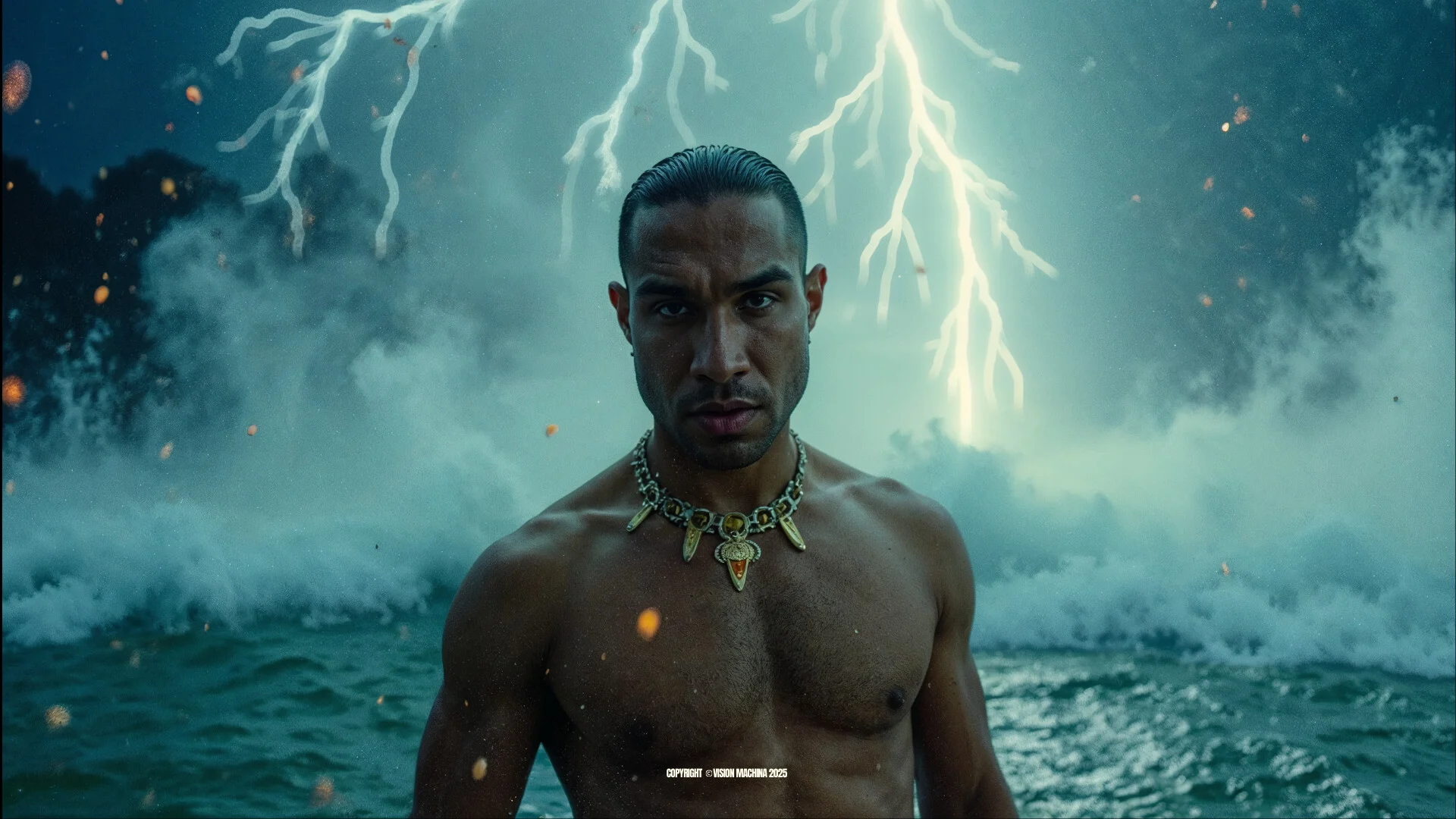Donavan Ratnasingam with Forreal: AI Hallucinations, and the Future of Filmmaking
- Ruby Griffiths
- Jun 24
- 2 min read
What did AI enable you to do in your film that would have been impossible—or unimaginable—without it?
Donavan Ratnasingam: Mainly bringing my creative vision to life without the need of filming. This would have been impossible without the use of AI tools.
Did your vision for the film change once you started working with AI tools? If so, how?
Donavan Ratnasingam: My vision remained the same but due to AI being what it is, AI hallucinations also did play an important role in inspiring some of the scenes. Making for a collaborative experience between man and machine. Super interesting experience.
How did AI shape the emotional tone or atmosphere of your film? Was that an intentional choice or a surprise outcome?
Donavan Ratnasingam: With most things I do, it is very intentional. AI helped me build cohesive world that included visual styling, environments buildings and of course integrated branding for a more immersive viewing experience.
Were there any limitations with current AI tools that you had to creatively work around?
Donavan Ratnasingam: 100% there were a ton of limitations, from lip sync issues to morphing, to prompt adherence. Even getting the right camera angles can be tricky. A lot of the times, overcoming this is a matter of literally thinking out of the box for unorthodox approaches to solving a problem and this is where you learn a ton. An example would be using video Gen to get the right angle and screengrabbing, up scaling and regenerating the video to achieve your outcome.
If you could re-do one part of your film with next-gen AI capabilities, what would you revisit—and why?
Donavan Ratnasingam: Lip sync and character actions.
What does winning the Meta Morph AI Film Award mean to you, especially at this moment in the evolution of storytelling technology?
Donavan Ratnasingam: As the first AI filmmaking award, it means the world. It feels like I am part of a revolutionary new force in the field of visual storytelling that will only challenge us to become more discerning when it comes to taste and quality of work. Now that anyone can create “great” work, what does it mean to create truly extraordinary visual content in a world where barriers are broken.














Comments